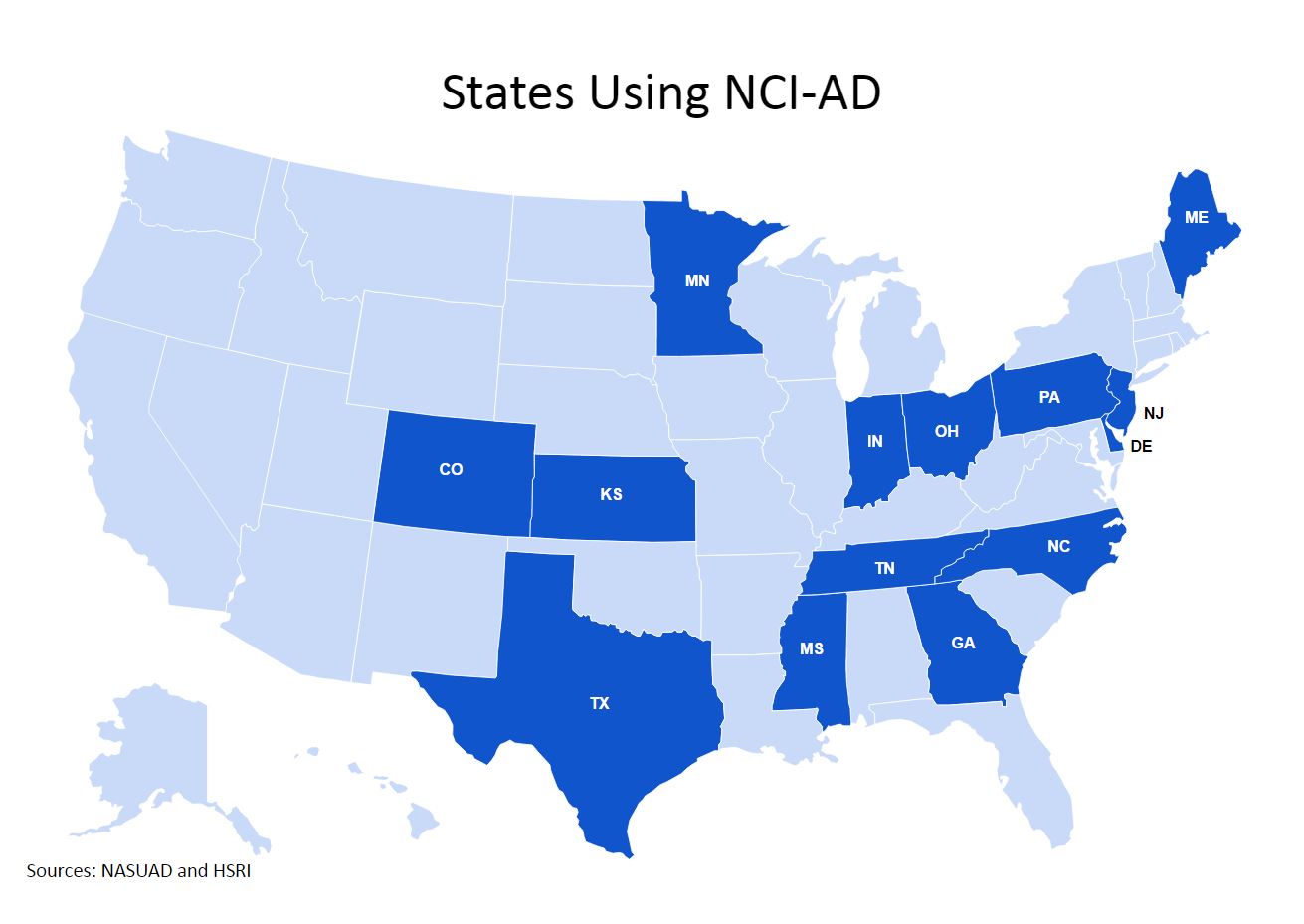AARP Eye Center
Measuring Quality in Long-Term Services and Supports: National Core Indicators — Aging and Disabilities
By Wendy Fox-Grage, November 5, 2015 07:00 AM
Millions of older people and adults with disabilities receive services in their own homes and communities, but little is known about their quality of care or quality of life. However, an exciting and relatively new assessment called the National Core Indicators — Aging and Disabilities (NCI-AD) is emerging that could begin to fill this data void.
The Consumer Experience
NCI-AD is a consumer-experience survey that includes a background survey, which gathers data about the consumer from agency records. It also contains an in-person survey that asks consumers, or a proxy if needed, about their satisfaction with the services and their outcomes. States administer the surveys annually to a sample of at least 400 people who access publicly funded services in Medicaid waivers, managed long-term services and supports programs, Older Americans Act programs, state plan home and community programs, and other programs.
Among the important questions:
- Are consumers able to participate in activities outside of the home when and with whom they want?
- Are consumers involved in decisions about their lives, including where they live, what they do, the staff that supports them, and with whom they spend time?
- Do consumers have access to transportation, equipment, and information about services in their preferred language?
- Do consumers want to work?
- Do consumers feel safe and have control of their lives?
On average, it takes consumers about 45 minutes to answer the questions.
The State Experience
State agencies can use this valid and reliable person-reported data to strengthen public policies, improve quality of care and compare their performance with national norms.
Starting in 2012, the National Association of States United for Aging and Disabilities (NASUAD) and the Human Services Research Institute (HSRI) built the tool by adapting the NCI, which began in 1997. The NCI assesses publicly funded programs that serve people with intellectual and developmental disabilities (I/DD), but not programs that serve older people and adults with physical disabilities, which is why NASUAD and HSRI adapted the tool for these additional populations. Today, all but eight states use the NCI in I/DD programs, and 14 states so far have signed on to use the new NCI-AD for aging and disability programs.

Four states — Kansas, New Jersey, Tennessee and Texas — for example, will use the data to evaluate managed care organizations and quality of services. North Carolina and New Jersey will be able to assess quality in skilled nursing facilities and home- and community-based settings. Eleven states — Colorado, Delaware, Georgia, Indiana, Kansas, Maine, Minnesota, North Carolina, New Jersey, Ohio and Pennsylvania — will have data on Medicaid services and non-Medicaid Older Americans Act services.
Next Steps
The use of the NCI-AD is taking off. The first states’ findings will be published in winter 2016. Six states — Colorado, Georgia, Maine, Mississippi, New Jersey and North Carolina — are completing their NCI-AD data collection for this report. The remaining eight states will complete their data collection by the end of May 2016, and their findings will be published by late 2016. NASUAD and HSRI anticipate that an additional five to eight states will commit to using the NCI-AD next year.
As more and more states use the NCI-AD, this tool has the potential to provide valuable data for state-to-state, regional, agency and programmatic comparisons to improve the care and quality of life for consumers receiving services.

Wendy Fox-Grage, a senior strategic policy adviser for the AARP Public Policy Institute, works on state long-term services and supports issues including home- and community-based services.































































